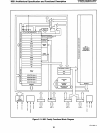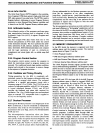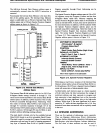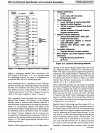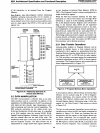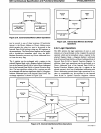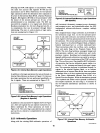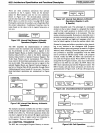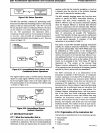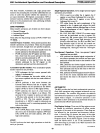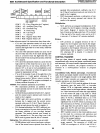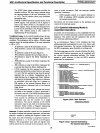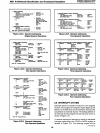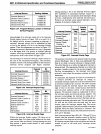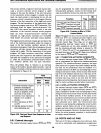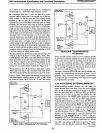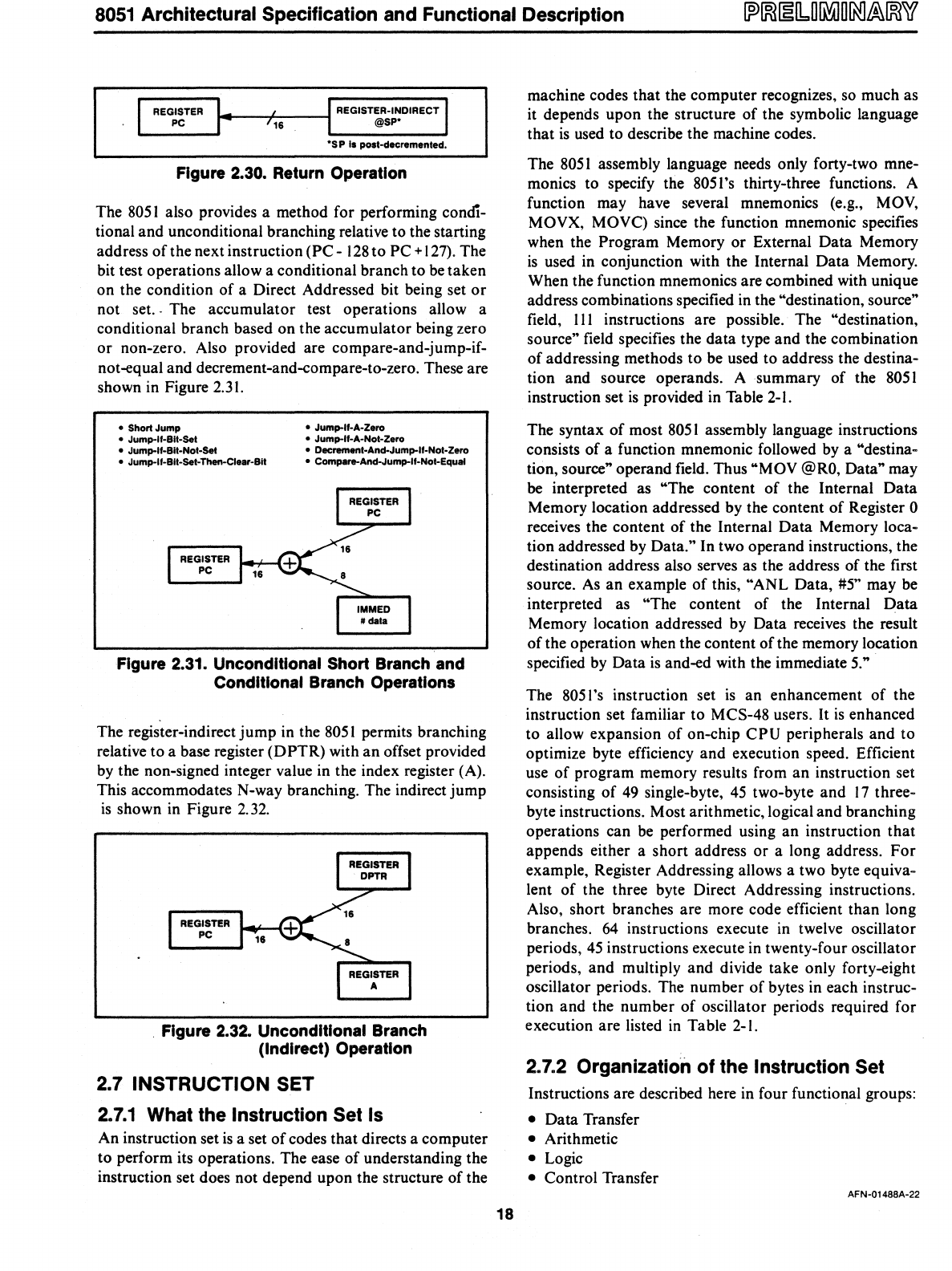
8051
Architectural Specification and Functional Description
REG~~TER
...
141---I/'-16---t1
REGIST:~~~DIRECT
I
'SP
Is post-dec:remented.
Figure 2.30. Return Operation
The
805
I also provides a method for performing condi-
tional and unconditional branching relative to the starting
address
of
the next instruction (PC -
128
to PC +
127).
The
bit test operations allow a conditional branch to
be
taken
on the condition
of
a Direct Addressed bit being set
or
not set.· The accumulator test operations allow a
conditional branch based on the accumulator being zero
or
non-zero. Also provided are compare-and-jump-if-
not-equal and decrement-and-compare-to-zero. These are
shown in Figure
2.31.
• Short Jump
• Jump-If-A-Zero
• Jump-If-Blt-Sel
• Jump-If-A-Not-Zero
• Jump-If-Blt-Not-Set
•
Dec:remenl-And-Jump-If-Nol-Zero
• Jump-If-Bil-Set-Then-Clear-Sit
• Compare-And-Jump-ll-Not-Equal
Figure 2.31. Unconditional Short Branch and
Conditional Branch Operations
The register-indirect
jump
in the
8051
permits branching
relative to a base register
(DPTR)
with
an
offset provided
by the non-signed integer value in the index register (A).
This accommodates N-way branching. The indirect jump
is
shown in Figure 2.32.
. Figure 2.32. Unconditional Branch
(Indirect) Operation
2.7
INSTRUCTION
SeT
2.7.1
What the Instruction Set
Is
An instruction set
is
a set
of
codes that directs a computer
to perform its operations. The ease
of
understanding the
instruction set does not depend upon the structure
of
the
18
machine codes that the computer recognizes,
so
much as
it depends upon the structure
of
the symbolic language
that
is
used to describe the machine codes.
The
8051
assembly language needs only forty-two mne-
monics to specify the
8051
's thirty-three functions. A
function may have several mnemonics (e.g., MOV,
MOVX,
MOVq
since the function mnemonic specifies
when the Program Memory
or
External Data Memory
is
used in conjunction with the Internal Data Memory.
When the function mnemonics are combined with unique
address combinations specified in the
"destination, source"
field, III instructions are possible. The "destination,
source" field specifies the data type and the combination
of
addressing methods to be used to address the destina-
tion and source operands. A summary
of
the
8051
instruction set
is
provided in Table
2-1.
The syntax
of
most
805
I assembly language instructions
consists of a function mnemonic followed by a
"destina-
tion, source" operand field. Thus "MOV
@RO,
Data" may
be interpreted as "The content
of
the Internal
Data
Memory location addressed by the content of Register 0
receives the content
of
the Internal
Data
Memory loca-
tion addressed by Data." In two operand instructions, the
destination address also serves as the address of the first
source.
As
an
example
of
this, "ANL Data, #5" may be
interpreted as
"The content of the Internal
Data
Memory location addressed by Data receives the result
of
the operation when the content
of
the memory location
specified by Data
is
and-ed with the immediate 5."
The
8051
's instruction set
is
an enhancement
of
the
instruction set familiar to MCS-48 users. It
is
enhanced
to allow expansion
of
on-chip
CPU
peripherals and to
optimize byte efficiency and execution speed. Efficient
use
of
program memory results from
an
instruction set
consisting
of
49
single-byte,
45
two-byte and
17
three-
byte instructions. Most arithmetic, logical and branching
operations can
be
performed using an instruction
that
appends either a short address
or
a long address.
For
example, Register Addressing allows a two byte equiva-
lent
of
the three byte Direct Addressing instructions.
Also, short branches are more code efficient than long
branches.
64
instructions execute in twelve oscillator
periods,
45
instructions execute in twenty-four oscillator
periods, and mUltiply and divide take only forty-eight
oscillator periods. The number
of
bytes in each instruc-
tion and the number
of
oscillator periods required for
execution are listed in Table
2-1.
2.7.2 Organization of the Instruction Set
Instructions are described here in four functional groups:
• Data Transfer
• Arithmetic
• Logic
• Control Transfer
AFN-01488A-22



